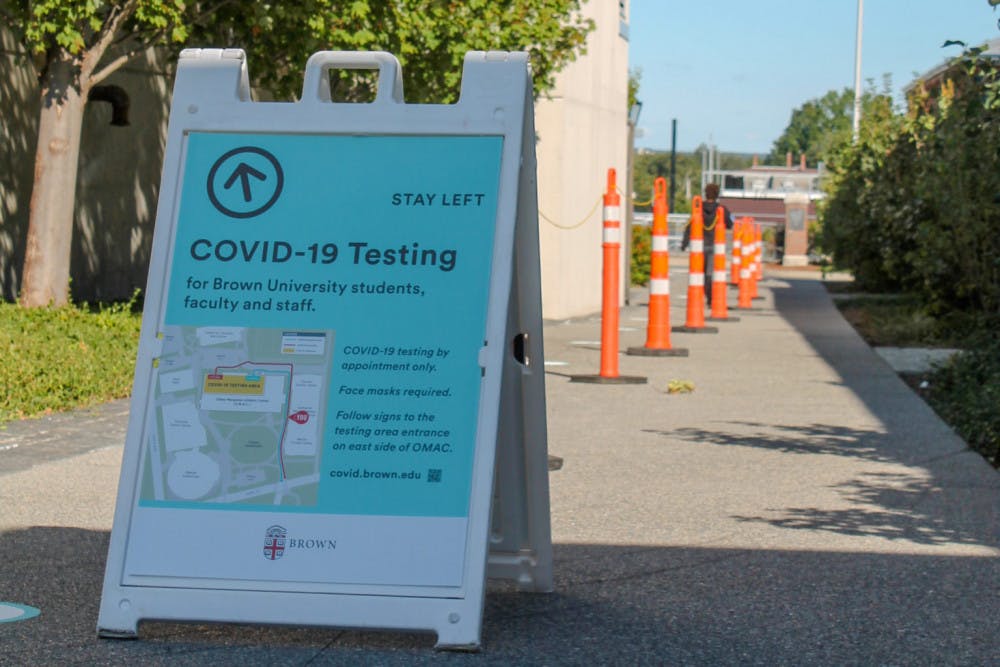The University saw an increase in positive COVID-19 cases this week, with 37 community members testing positive through the asymptomatic testing program March 21 to March 27, according to the Healthy Brown COVID-19 Dashboard. The majority of cases came from undergraduate students on campus.
This week’s numbers are a “definite turn in a different direction,” Executive Vice President for Planning and Policy Russell Carey ’91 MA’06 told The Herald in a March 26 conversation.
Based on contact tracing, “we’re not seeing any one cause,” such as a superspreader event, of the increase in cases, Carey said. Therefore, he added, “we’re not necessarily seeing anything that we can change,” such as transitioning to online-only classes, to lower the number of cases.
The University is largely attributing the increase in positive cases to the decisions made by individuals who are letting down their guard around COVID-19 safety, Carey said. Until college students become eligible for vaccines next month in R.I., the University asks students to “hang on with us: Be careful, be cautious and follow everything they’ve been doing so well all year,” he said.
Healthy Ambassadors have been employed by the University since the fall to reinforce COVID-19-safe behaviors in various common areas on campus, including the mailroom and the Main Green. For students who might be socializing outside of their pods in these areas, ambassadors aim to remind them to do so safely with masks and social distancing, Carey said.
Some students have raised concerns around mental health support with the condensed spring semester this year, which does not include a spring break. The University had decided on a tri-semester system as “the best way to provide students with a residential academic experience (safely),” Carey said. “We saw no path to do that with our traditional two semesters, with long weekends and breaks, particularly in the spring calendar.”
“There's federal regulations about what a (class) credit actually is in terms of the number of hours, both (inside) the class and outside of class, and the (academic) calendar had to be the way it is,” Carey said. The administration is “hearing, … listening and engaging with students around those topics and providing support,” he added.
Carey encourages students who are experiencing hardships this semester to “absolutely reach out for support” from Campus Life, Student Support Services and the College Deans.
The “burden” that the tri-semester model places on staff in charge of supporting students can also be overlooked, Carey added. Staff, who are usually given a full winter break and spend January planning or on work-related retreats, have worked more than they do during a usual two-semester system, he said.
Students enrolled in the summer semester will have a two-week break after the spring semester ends April 23. “Two weeks is a reasonable break between the terms, and particularly for the first-year students (enrolled in the spring and summer terms), hopefully that will be a welcome respite,” Carey said. All other students will experience a longer summer break than a typical academic year.
COVID-19 testing will continue through the summer semester, he said. The University expects the testing program will not change by much for the summer semester, though “hopefully we can adjust the frequency” later on.

ADVERTISEMENT




